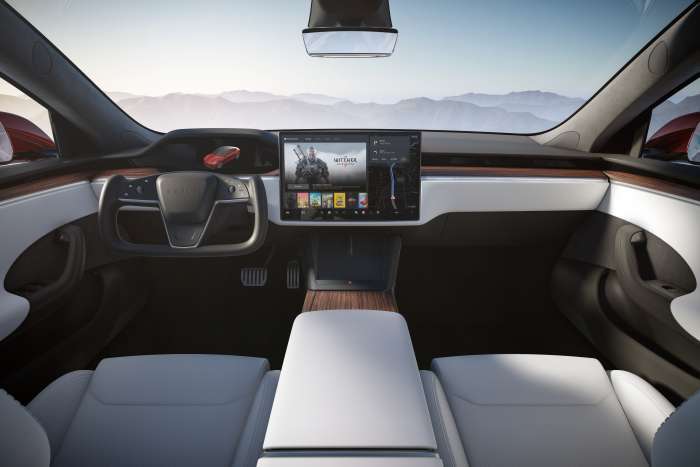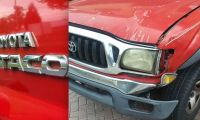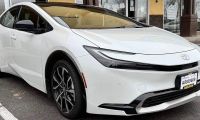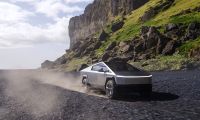Although considered by many as a self-driving package, the reality is that Tesla's Full Self Driving (FSD) system is still considered to be a level 2 self-driving. One of the best on the market, but it should not be considered autonomous driving yet, as per many experts in the field. However, the figures show that American drivers have steadily increased their confidence in the FSD package, traveling an average of 35 miles each time they activate the system in their cars.
Tesla's self-driving package allows the car to be able to take trips without driver intervention: when setting a route in the browser, the car is capable of making the journey without the driver having to take control of the steering wheel or the pedals (or at least that's the theory). The data available shows that the average distance traveled with the FSD function on active mode is expanding at a dizzying rate.
After somehow problematic beginnings, American drivers have increased their confidence in the assisted driving program. The release of the most modern and updated versions have improved some of the most common errors, such as left turns or obstacle recognition. Since October 2021 there has been a considerable increase in the average number of kilometers traveled, going from just 2 or 3 miles a day per car to the current 35 million miles all in all: and the trend says that the figure will continue to increase.

The truth is that more and more drivers in the United States have actually purchased the FSD package, although it is no longer as cheap as it used to be. At the end of the first quarter of this year, more than 100,000 Tesla users had the FSD program installed in their cars; and let us take into account that it is still considered as FSD Beta v10.13. This has basically prompted miles in autonomous mode to increase considerably in recent months. Despite the good figures, Tesla warns that the driver is ultimately responsible for driving – very logically -, so attention must paid to the road at all times.
Tesla FSD Beta Has Already Traveled 35M Miles, Bringing the World Closer to Autonomous Vehicleshttps://t.co/zINfysSIlT
Advertising — vincentyu.eth (@vincent13031925) July 21, 2022
Tesla says it is adding almost 10 million miles of data per quarter, and it keeps growing at an exponential rate. All this data is reflected in the company's database, which allows possible errors to be checked and corrected in real time in order to be reused for successive versions. A few days ago Elon Musk himself acknowledged that version 11 of the FSD package will be released soon; a long-awaited update that will fix some common bugs that are allegedly still occurring.

The latest version will also be safer, while in the meantime industry leaders debate what are the best systems to implement future autonomous driving: Tesla is betting everything on the camera-vision system, while other companies are starting to work with state-of-the-art LiDAR radars. In a still distant future we will see how cars circulate by themselves with absolutely no intervention on the part of the driver. In Europe, for instance, the circulation of level 4 autonomous driving vehicles has already been approved, starting this summer of 2022.
All images courtesy of Tesla Inc.
Nico Caballero is the VP of Finance of Cogency Power, specializing in solar energy. He also holds a Diploma in Electric Cars from Delft University of Technology in the Netherlands, and enjoys doing research about Tesla and EV batteries. He can be reached at @NicoTorqueNews on Twitter. Nico covers Tesla and electric vehicle latest happenings at Torque News.












